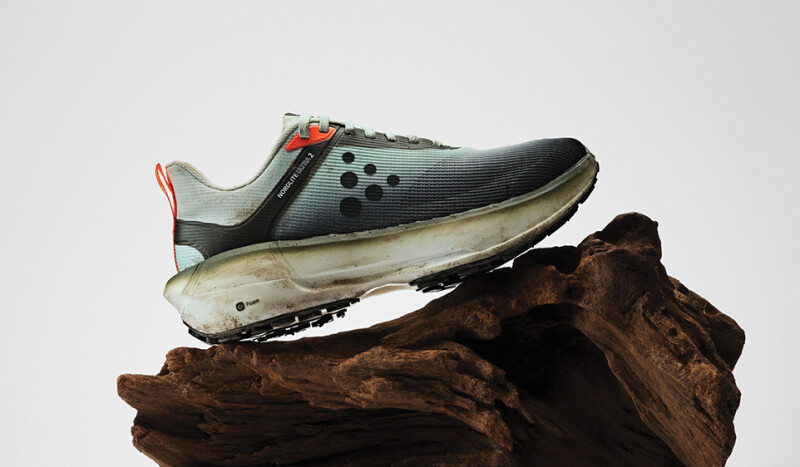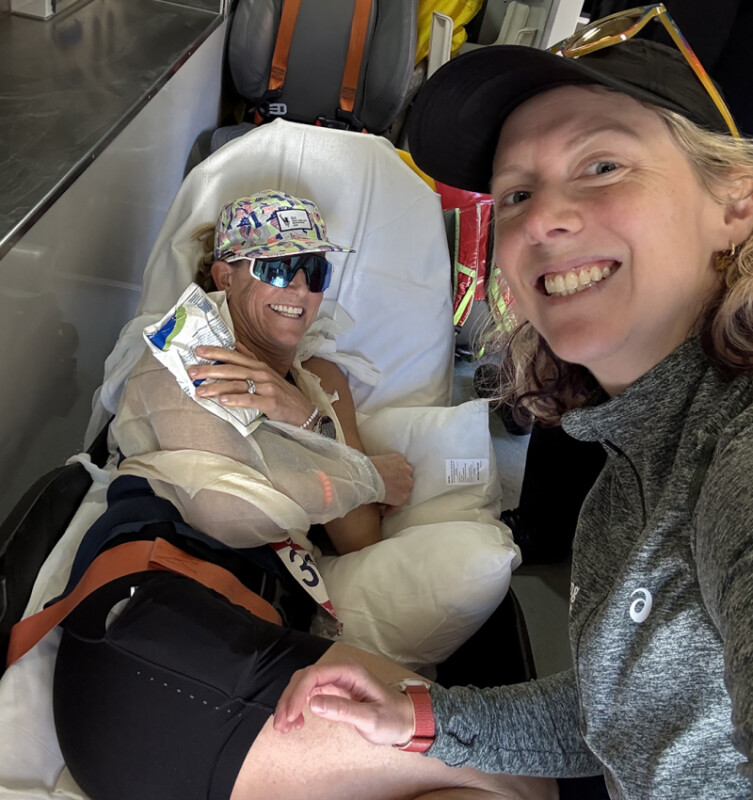A top running coach in New York City, Elizabeth Corkum (aka Coach Corky) is accustomed to sharing thoughts with athletes intended to imp rove their performance or make their running routine more enjoyable.
During a virtual running workshop held in March, Corkum brought her tips on running gear to a larger audience. In discussing topics such as apparel, nutrition, hydration, skin care and footwear, Corkum’s 30-minute program not only delivered relevant information to runners, but also offered under-the-radar insights into how run shops might position or market accessories to generate awareness and drive valuable add-on sales.
“Runners always need to be thinking about what works best for them.”
Different strokes for different folks, right? The insole, energy gel or recovery drink that works well for one might not work well for another. It’s why run shops carry a varied assortment of products to begin with.
The Takeaway: Urge runners to trial different items that can improve their experience, offering samples or trials as available, and encourage them to reflect, analyze and remember what worked and didn’t work. Also, point out new products arriving in the store, highlighting their features and, even more, their benefits. Don’t be afraid to make a case for why an item is worth testing out, especially if customers identify a particular problem.
“Walking, hiking, living, breathing, existing, chafing is a part of being a human being.”
While Corkum offered these words in a discussion of Body Glide, the popular anti-chafing balm sold by run shops across the country, it’s a reminder that products brought into the store for running purposes often have an audience far beyond runners.
The Takeaway: Look for ways to showcase and promote the wide versatility of existing products beyond the run. Visibility and reflective items can be great for early-morning or late-night dog walks, insoles can be an effective addition to casual footwear or brown shoes and Body Glide and its anti-chafing peer products are useful for hikes and travel. Heck, even a headlamp can be touted as a bedtime reading tool.
“It’s the unfortunate part of being a runner in 2022, particularly as a female, that we might need more than just our phone with us.”
Any number of mishaps or unfortunate incidents can happen on a run. On the road, someone could attack; on the trail, a bear could approach. Runners might face injury or find they need a boost of energy. While it’s unrealistic to carry a large backpack of items for every conceivable scenario, bringing some key, portable items can deliver peace of mind and help extract runners from a sticky situation.
The Takeaway: By identifying potential mishaps on a run, especially through real stories from customers, running stores can highlight the practicality of different items.
A zippered pocket on apparel, for instance, can hold money and a key. A belt can hold a smartphone, a credit card and an inhaler.
“For somebody who’s training for something longer or is out there in tough conditions, it is really important to think about electrolytes.”
While the recreational runner putting in 20-30 minutes on the road might not consider hydration or nutrition, someone plowing through more miles or facing more challenging conditions, such as high heat or humidity, would be well served to think about replenishing the body during a run.
The Takeaway: Selling is about listening and customers’ comments or answers to specific questions often open the door to sales opportunities. By asking customers how long they run or if they are preparing for any events, for example, run shops can suggest nutrition or hydration solutions worth testing. For a few bucks, a runner can try different gels, gummies or electrolyte-packed solutions to support their activity.
“Those long runs are dress rehearsals for race day. It’s always best to have those moments of regret or struggle on long runs.”
Whether it’s new footwear, a new energy gel or new apparel, it’s best runners resist trying something new on race day. By and large, running shops know this. Customers should, too.
The Takeaway: As local runners prep for their fall marathon or as participants in a store’s Couch-to-5K group prepare for their session-closing run, point out the potential problems that could arise, note in-store solutions and remind runners to experiment early and often to find the formula that works for them.
“When running is comfortable, it’s enjoyable.”
Corkum wears contact lenses and detests getting dust, debris, pollen, dirt or a bug in her eyes while running. It’s why she routinely dons eyewear on her runs. The added protection helps to foster a more comfortable, enjoyable run.
The Takeaway: Yes, run specialty shops specialize in the sit-and-fit experience and selling footwear, but all those other items on the showroom floor – gels, sunglasses, compression calf sleeves and so on – have a place in a runner’s arsenal to cultivate a more enjoyable experience.
As the experts, it’s the running store’s role to listen and thoughtfully introduce solutions. As Glen Kamps at Dick Pond Athletics in suburban Chicago often says, “We do our customers a disservice by not calling out the items that can make their activities more enjoyable and comfortable.” And more comfortable runners are likely to be more dedicated runners – and customers.







